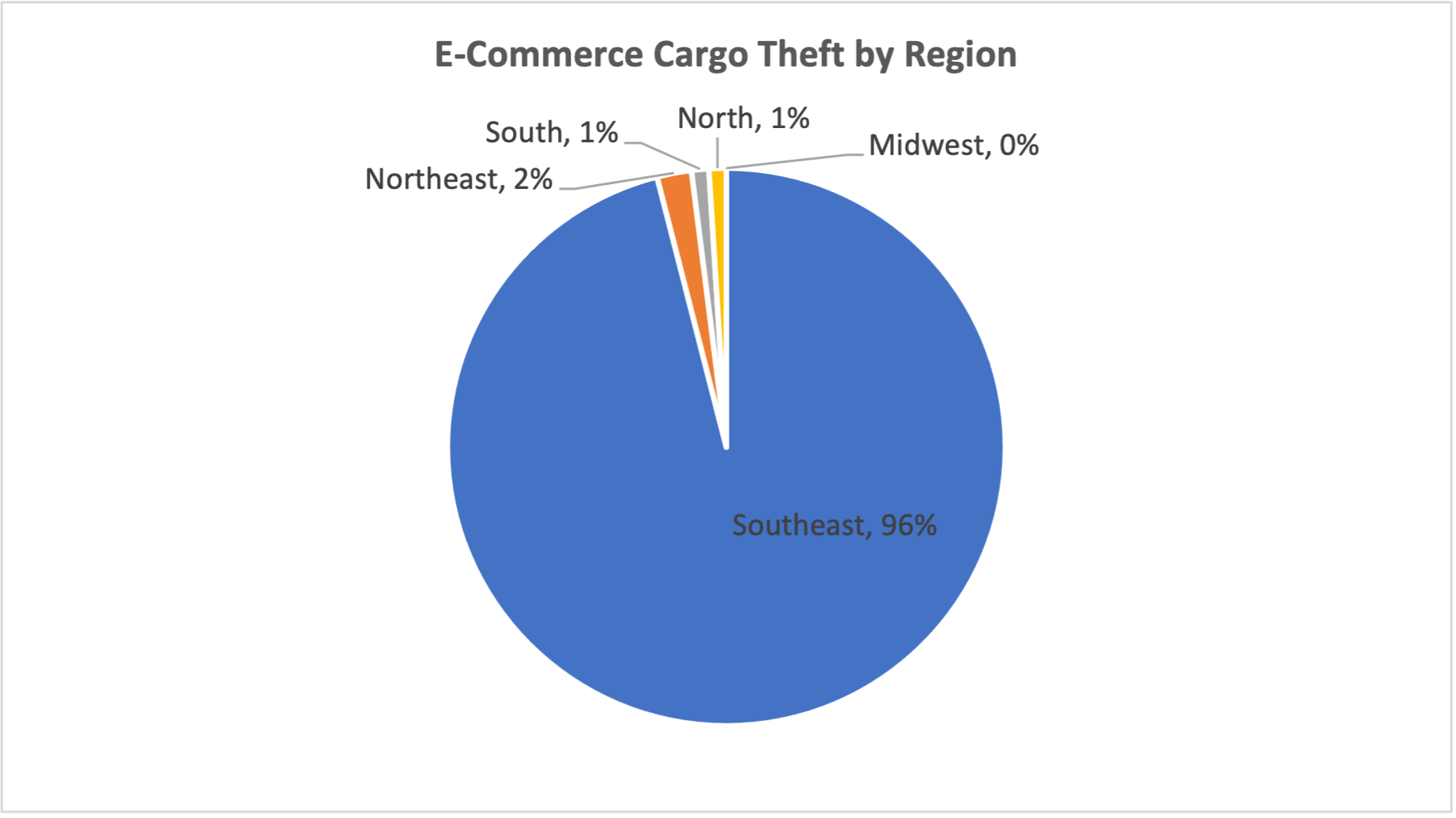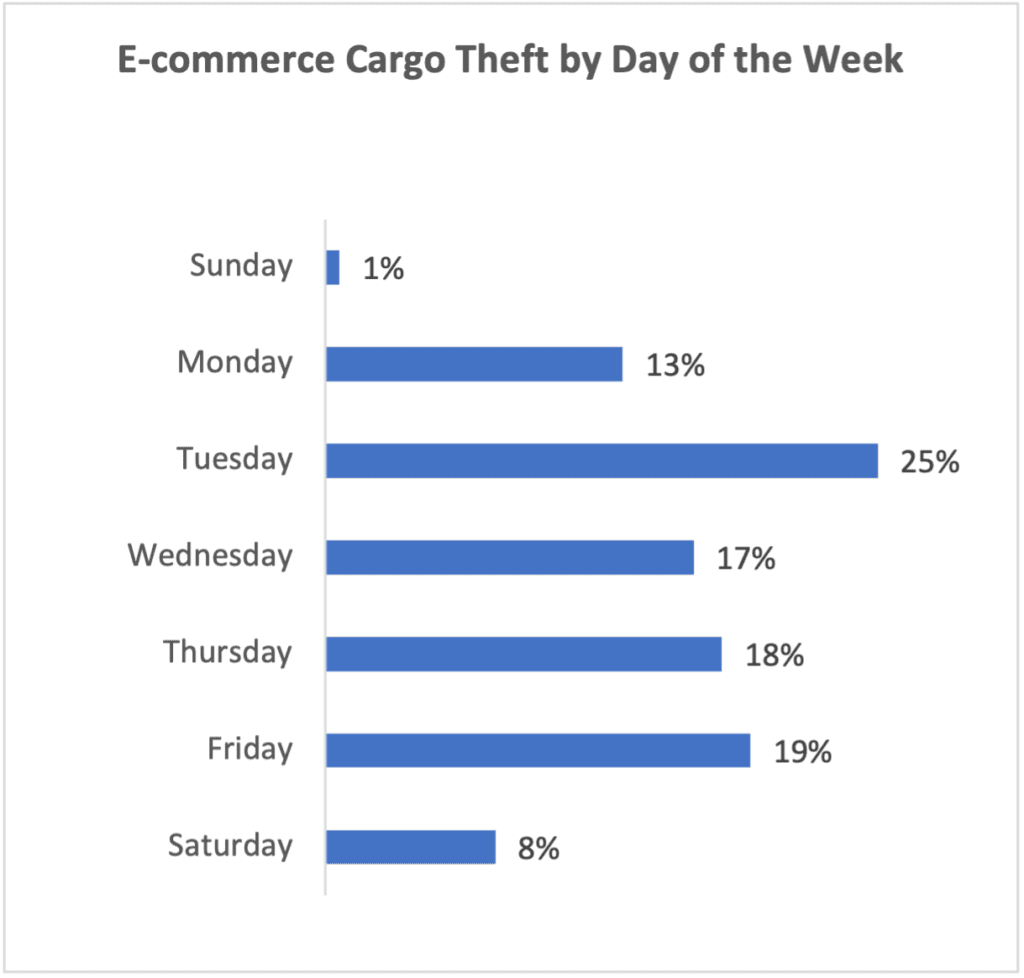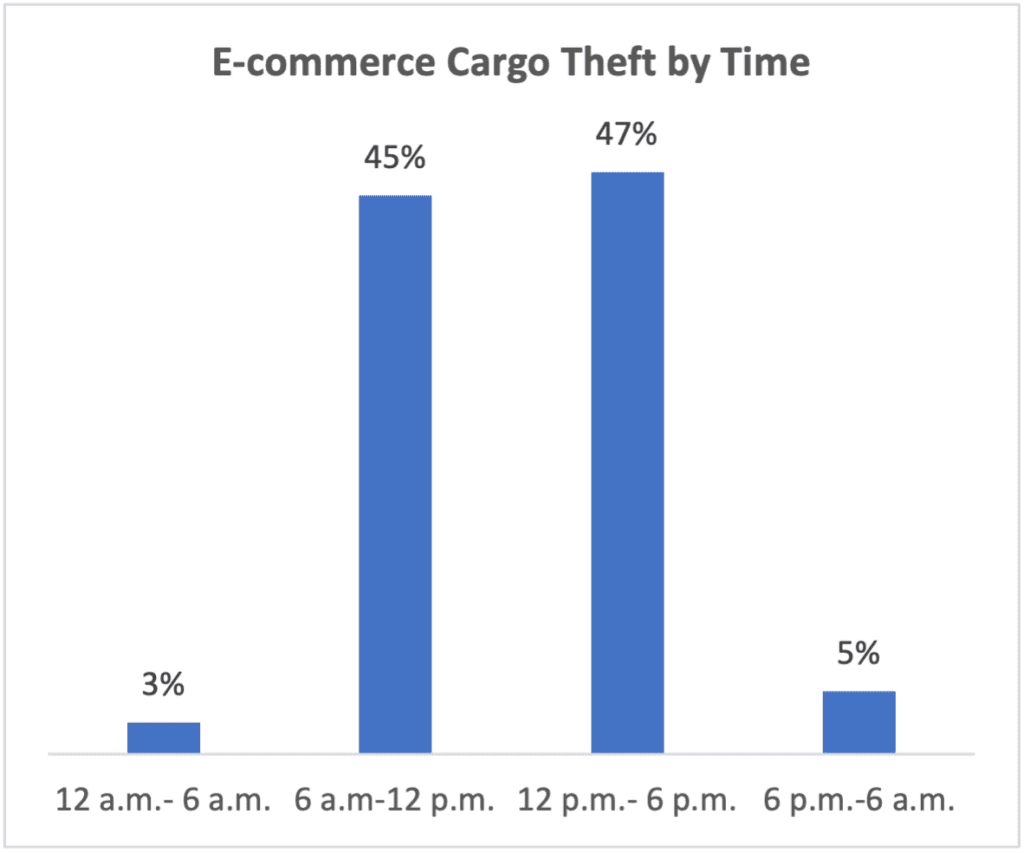E-commerce has become a cornerstone of the global economy, driving significant growth and innovation in various sectors. In Brazil, online shopping has revolutionized consumer behavior and expanded market reach, fostering economic development. However, this rapid expansion also presents technological and logistical challenges for supply chains. In other words, as e-commerce in Brazil grows, so too do cargo theft risks.
Cargo theft can lead to delivery uncertainties and financial losses that can significantly impact profit margins. The absence of security in transportation not only erodes consumer trust but also imposes significant costs on businesses, potentially jeopardizing their financial stability. Thus, tackling these security challenges is not just a matter of operational efficiency, but a crucial step towards safeguarding the financial health of businesses.
In order to help keep these businesses protected, Overhaul’s latest Brazil Special Report focuses on online purchases that were targeted by cargo thieves while in transit. The goal of our findings is to help you understand why, how, and when these purchases from e-commerce platforms were most at risk. In turn, you’ll be able to more safely navigate shipments involving online sales through Brazil.
An overview of cargo thefts involving e-commerce in Brazil
Brazil’s most targeted e-commerce products
Overhaul estimates that approximately 23% of the robberies that occurred nationwide in the first quarter of 2024 targeted the transportation of goods that had been bought from online stores. This statistic showcases how Brazil’s surge in Internet shopping has consequently heightened the exposure of cargo in transfer and distribution operations.
Criminals have exploited this growth in e-commerce shipments by escalating attacks against Miscellaneous cargo. This category refers to diverse cargo or cargo of different types in the same transport. The alarming spike in this targeting highlights the immediate need for enhanced security measures.
High-risk locations for cargo theft
The region most impacted by the theft of e-commerce products followed the same trends as other types of cargo theft in the country. According to the data collected by Overhaul, the Southeast accounted for a staggering 96% of cargo thefts of this type, followed by the Northeast. The South and North were the third and fourth regions with the most incidents, followed by the Midwest region. This regional breakdown underscores the necessity for targeted security measures in the most vulnerable areas to mitigate the risk of theft.

Risky days and times to transport e-commerce in Brazil
The riskiest day of the week for cargo theft was Tuesday. Historically, weekdays have been the days with the highest number of thefts in Brazil due to the greater cargo exposure during this period. Despite having a more uneven distribution of thefts of this type during the days of the week, e-commerce cargo thefts followed the same trend as other thefts in the first quarter of 2024, with 25% of occurrences. This pattern underscores the importance of heightened security measures during peak risk periods.
When we talk about the time of day and analyze the figures, most of the attacks on these loads occurred during the daytime. 92% of thefts took place between 6 am and 6 pm. This was during the period when deliveries take place, which in turn is the period of most significant exposure.
With an even split, 45% of incidents occurred in the morning and 47% in the afternoon. This data indicates that daylight hours–when delivery activities are at their peak–are the most critical times for implementing security protocols.


How e-commerce theft affects the greater supply chain
As seen above, the rise in e-commerce shipments in Brazil has been accompanied by a notable increase in cargo theft, mainly targeting online purchases. The Southeast region was the most affected, with Tuesdays and daytime hours being the peak periods for theft incidents.
Although Overhaul specifically focused on the Brazilian market, the truth is that the threat of e-commerce theft extends far beyond a single country. As major players in the market continue selling e-commerce products, many of the risks we’re seeing in Brazil are likely to spread across Latin America and beyond. Thus, while Brazilian consumers and shippers must be aware of e-commerce risks, so too should the greater supply chain.
How to keep your e-commerce shipments in Brazil protected
The importance of e-commerce to the Brazilian and global economies cannot be overstated, as it continues to shape the future of retail and commerce. However, the security of deliveries is a paramount concern that directly affects supply chains and business operations.
To combat the growing threat of cargo theft, businesses must invest in robust infrastructure and comprehensive security strategies. These should include advanced technology such as GPS tracking and real-time monitoring. They should also utilize data analysis to identify patterns and vulnerabilities and operational intelligence to anticipate and mitigate risks. Lastly, all security strategies should include multiple layers of protection, including physical security measures and collaboration with law enforcement.
By taking proactive steps to enhance security, companies can protect their assets, maintain consumer trust, and ensure the continued growth and success of e-commerce operations. Read more about cargo theft patterns in Brazil in our recent infographic and reach out today to learn how Overhaul can help secure your shipments.





